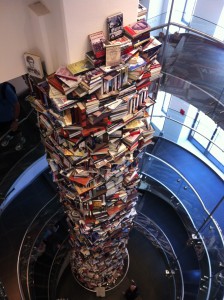 My Abraham Lincoln book collection continues to grow, quickly filling the new library space I created last year. I acquired 69 new Lincoln books in 2018. This compares to 59 in 2017, 43 in 2016, and 59 and 60 books obtained in 2015 and 2014, respectively. My big year was the 98 books in 2013.
My Abraham Lincoln book collection continues to grow, quickly filling the new library space I created last year. I acquired 69 new Lincoln books in 2018. This compares to 59 in 2017, 43 in 2016, and 59 and 60 books obtained in 2015 and 2014, respectively. My big year was the 98 books in 2013.
The oldest book acquired was published in 1893, while the newest book was officially published in 2019 (released in December 2018). Of the 69 books, 10 were new books published in 2018 (plus the one 2019 official date). I was able to find books from a variety of places. In addition to the usual Amazon/Barnes and Noble, books came to me from various library books sales, used book stores (including Bob’s Bookstore in Charleston, IL), and at stops during my two big Chasing Abraham Lincoln road trips. I also picked up books at the annual Lincoln Forum in Gettysburg, PA, plus won a couple of books in the Lincoln Group of DC and Civil War Round Table of DC raffles.
The list of books follows my signature block. Among them are some unique examples of Lincoln scholarship: Lincoln and the Irish by Niall O’Dowd; They Knew Lincoln by John Washington (originally published in 1942 and reprinted in 2018 with an introduction by Kate Masur); a set of five small booklets with new Introductions by preeminent Lincoln scholars; and Doris Kearns Goodwin’s Leadership in Turbulent Times. Look for my published review of Goodwin’s book in the next issue of Civil War Times magazine.
Several of the books are signed and inscribed to me by their authors. Both Anna Gibson Holloway and Jonathan W. White inscribed my copy of their book, Our Little Monitor, during the annual Battle of Hampton Roads conference this year. I’m doubly honored because Anna says it was the very first book she has ever signed for a fan. During the Lincoln Forum I was happy to have conversations with and get my copies of their books inscribed by David Blight (Frederick Douglass: Prophet of Freedom), Kate Masur (They Knew Lincoln), and Harold Holzer (Monument Man: The Life & Art of Daniel Chester French). French, of course, is the man who created the iconic statue of Lincoln that graces the Lincoln Memorial in Washington, D.C.
I’m sure I’ll continue to collect dozens of new (and new to me) Lincoln books in 2019. My new library shelves seem to be filling up rather quickly, so I may have to start planning where I’m going to put the overflow. Maybe I need to buy a bigger house.
I’m hard at work on my new Abraham Lincoln book, plus beginning the process of editing a compendium volume for the Lincoln Group of DC. If that wasn’t enough, on my most recent travel to Asia I started writing a historical science fiction novel featuring Lincoln and his science adviser, Joseph Henry. My previous Lincoln book, Lincoln: The Man Who Saved America, is into a second printing and available at Barnes and Noble stores nationwide.
Also, if you’re not already a member of the Lincoln Group of DC, please consider joining. In addition to the monthly dinner meetings with Lincoln scholar presentations, we have a monthly Lincoln book study group, periodic special events, tours, and more. And with a new year approaching, we’re planning to introduce even more to our members, including new activities for students and non-scholars. Take a look at our Lincoln Group of DC website and contact me or any of the other officers for more information.
Finally, a reminder that I’ve begun something I call the Abraham Lincoln Bibliography Project in which I plan to catalog the known books about Abraham Lincoln. I’ll include only actual books, not other documents and not pamphlets. As the website develops I’ll add a searchable database, book reviews, lists of books by topic (e.g., assassination, general biography, law career), and summary papers for those topics. The idea is to create a useful resource for both Lincoln researchers and the general public. Check out the blog and stay tuned.
See the 2017 list showing author/title/publication date below my signature blurb below.
David J. Kent is an avid science traveler and the author of Lincoln: The Man Who Saved America, in Barnes and Noble stores now. His previous books include Tesla: The Wizard of Electricity and Edison: The Inventor of the Modern World and two e-books: Nikola Tesla: Renewable Energy Ahead of Its Time and Abraham Lincoln and Nikola Tesla: Connected by Fate.
Check out my Goodreads author page. While you’re at it, “Like” my Facebook author page for more updates!
Here is the 2018 list! [Author, Title, Date of Publication]
| Abraham Lincoln: A Living Legacy: A Guide to Three Abraham Lincoln National Park Sites | 2008 | |
| The Assassination of Abraham Lincoln: A Tribute of the Nations | 2009 | |
| Lincoln: Legacy of the Great Emancipator (Intro by Edna Greene Medford) | 2009 | |
| Lincoln and His Critics (Intro by Eric Foner) | 2009 | |
| Lincoln as Self-Made Man (Intro by Catherine Clinton) | 2009 | |
| Lincoln as American Redeemer (Intro by Harold Holzer) | 2009 | |
| Lincoln as Literary Genius (Intro by Ted Widmer) | 2009 | |
| Abrams, Dan and Fisher, David | Lincoln’s Last Trial: The Murder Case That Propelled Him to the Presidency | 2018 |
| Alter, Donald R. | The Lincoln Legend and Other Programs | 1956 |
| Arnold, Isaac N. | The Life of Abraham Lincoln | 1893 |
| Baker, C.T. | Sand Creek Landing Greets the Lincolns: An Historical Sketch of Pioneer Days in This Community and County | 1931 |
| Blight, David W. | Frederick Douglass: Prophet of Freedom | 2018 |
| Burlingame, Michael | Lincoln and the Civil War | 2011 |
| Burstein, Andrew | Lincoln Dreamt He Died: The Midnight Visions of Remarkable Americans From Colonial Times to Freud | 2013 |
| Carwardine, Richard | Lincoln’s Sense of Humor | 2017 |
| Carwardine, Richard and Sexton, Jay (Eds) | The Global Lincoln | 2011 |
| Chapman, Ervin | Latest Light on Abraham Lincoln and War-time Memories | 1917 |
| DeRose, Chris | The Presidents’ War: Six American Presidents and the Civil War That Divided Them | 2014 |
| Donald, David Herbert (ed) | Inside Lincoln’s Cabinet: The Civil War Diaries of Salmon P. Chase | 1954 |
| Fornieri, Joseph R. | The Language of Liberty: The Political Speeches and Writings of Abraham Lincoln | 2003 |
| Fraysse, Olivier (translated by Sylvia Neely) | Lincoln, Land, and Labor, 1809-60 | 1994 |
| Freehling, William W. | Becoming Lincoln | 2018 |
| Furtwangler, Albert | Assassin on Stage: Brutus, Hamlet, and the Death of Lincoln | 1991 |
| Goodwin, Doris Kearns | Leadership in Turbulent Times | 2018 |
| Gross, Ruth Belov | True Stories About Abraham Lincoln | 1973 |
| Guelzo, Allen C. | Abraham Lincoln as a Man of Ideas | 2009 |
| Guttridge, Leonard F. and Neff, Ray A. | Dark Union: The Secret Web of Profiteers, Politicians, and Booth Conspirators That Led to Lincoln’s Death | 2003 |
| Hogan, Michael | Abraham Lincoln and Mexico: A History of Courage, Intrigue, and Unlikely Friendships | 2016 |
| Holloway, Anna Gibson and White, Jonathan W. | Our Little Monitor: Theh Greatest Invention of the Civil War | 2018 |
| Holmes, Fred L. | Abraham Lincoln Traveled This Way: The Log Book of a Pilgrim to the Lincoln Country | 1930 |
| Holzer, Harold | Monument Man: The Life & Art of Daniel Chester French | 2019 |
| Jepsen, Thomas C. | My Sisters Telegraphic: Women in the Telegraph Office, 1846-1950 | 2000 |
| Johnson, David Alan | The Last Weeks of Abraham Lincoln: A Day-By-Day Account of His Personal, Political, and Military Challenges | 2018 |
| Kauffman, Michael W. | American Brutus: John Wilkes Booth and the Lincoln Conspiracies | 2004 |
| Kauffman, Michael W. | In the Footsteps of an Assassin: An Illustrated History and Guided Tour of the Lincoln Assassination and Escape Route of John Wilkes Booth | 2012 |
| King, C.J. | Four Marys and a Jessie: The Story of the Lincoln Women | 2005 |
| Larson, Kate Clifford | The Assassin’s Accomplice: Mary Surratt and the Plot to Kill Abraham Lincoln | 2008 |
| Lehrman, Lewis E. | Lincoln & Churchill: Statesmen at War | 2018 |
| Maihafer, Harry J. | War of Words: Abraham Lincoln & The Civil War Press | 2001 |
| McGinnis, Ralph Y. and Smith, Calvin N. (Eds) | Abraham Lincoln and the Western Territories | 1994 |
| McPherson, James M. (Ed) | “We Cannot Escape History”: Lincoln and the Last Best Hope of Earth | 1995 |
| Morris, Roy Jr. | The Long Pursuit: Abraham Lincoln’s Thirty-Year Struggle With Stephen Douglas For The Heart and Soul of America | 2008 |
| Nathan, Adele Gutman | The First Transatlantic Cable | 1959 |
| Neely, Mark E. Jr. | The Boundaries of American Political Culture in the Civil War Era | 2005 |
| Neely, Mark E. Jr. | Lincoln and the Democrats: The Politics of Opposition in the Civil War | 2017 |
| Nicolay, Helen | The Boys’ Life of Abraham Lincoln | 1933 |
| Niebuhr, Gustav | Lincoln’s Bishop: A President A Priest, and the Fate of 300 Dakota Sioux Warriors | 2014 |
| North, Sterling | Abe Lincoln: Log Cabin to White House | 1956 |
| O’Dowd, Niall | Lincoln and the Irish: The Untold Story of How the Irish Helped Abraham Lincoln Save the Union | 2018 |
| Ostendorf, Lloyd | Abraham Lincoln: The Boy, The Man | 1962 |
| Pitch, Anthony S. | They Have Killed Papa Dead! The Road to Ford’s Theatre, Abraham Lincoln’s Murder, and the Rage for Vengeance | 2018 |
| Pratt, Harry E. | Concerning Mr. Lincoln: In Which Abraham Lincoln is Pictured as he Appeared to Letter Writers of his Time | 1944 |
| Puleo, Stephen | The Caning: The Assault That Drove America to Civil War | 2012 |
| Randall, J.G. | Lincoln and the South | 1946 |
| Ross, Ishbel | The President’s Wife: Mary Todd Lincoln | 1973 |
| Segal, Charles M. (Editor, Compiler and Annotator) | Conversations with Lincoln | 1961 |
| Simon, John Y., Holzer, Harold, and Vogel, Dawn (Eds) | Lincoln Revisited | 2007 |
| Speed, Joshua Fry | Reminiscences of Abraham Lincoln, And Notes on a Visit to California | 2014 |
| Starr, John W., Jr. | Lincoln and the Railroads | 1927 |
| Stephenson, Nathaniel Wright | Lincoln | 1922 |
| Striner, Richard | Lincoln’s Way: How Six Great Presidents Created American Power | 2012 |
| Tackach, James | Lincoln and the Natural Environment | 2019 |
| Tucker, Wilson | The Lincoln Hunters | 1958 |
| Turner, Justin G. and Turner, Linda Levitt | Mary Todd Lincoln: Her Life and Letters | 1987 |
| Villard, Harold G. and Oswald Garrison | Lincoln on the Eve of ’61: A Journalist’s Story by Henry Villard | 1941 |
| Washington, John E. with introduction by Kate Masur | They Knew Lincoln | 2018 |
| Weaver, John D. | Tad Lincoln: Mischief-Maker in the White House | 1963 |
| White, Ronald C. Jr. | A. Lincoln: A Biography | 2009 |
| Abraham Lincoln | 1958 |



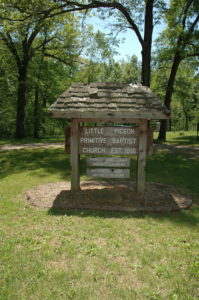 Directly across the road from the
Directly across the road from the 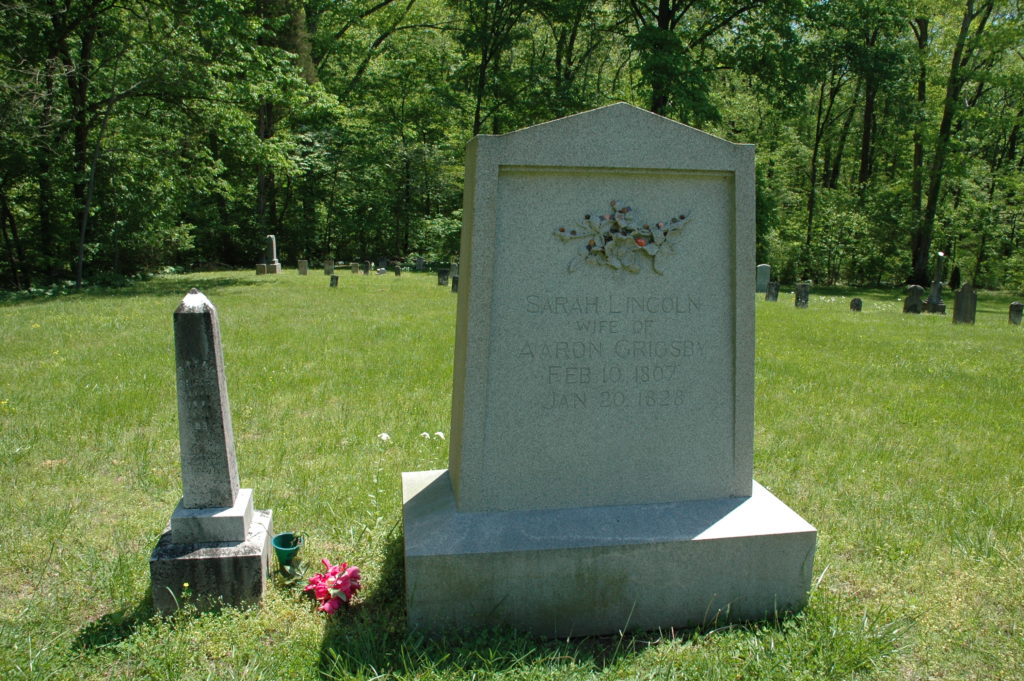

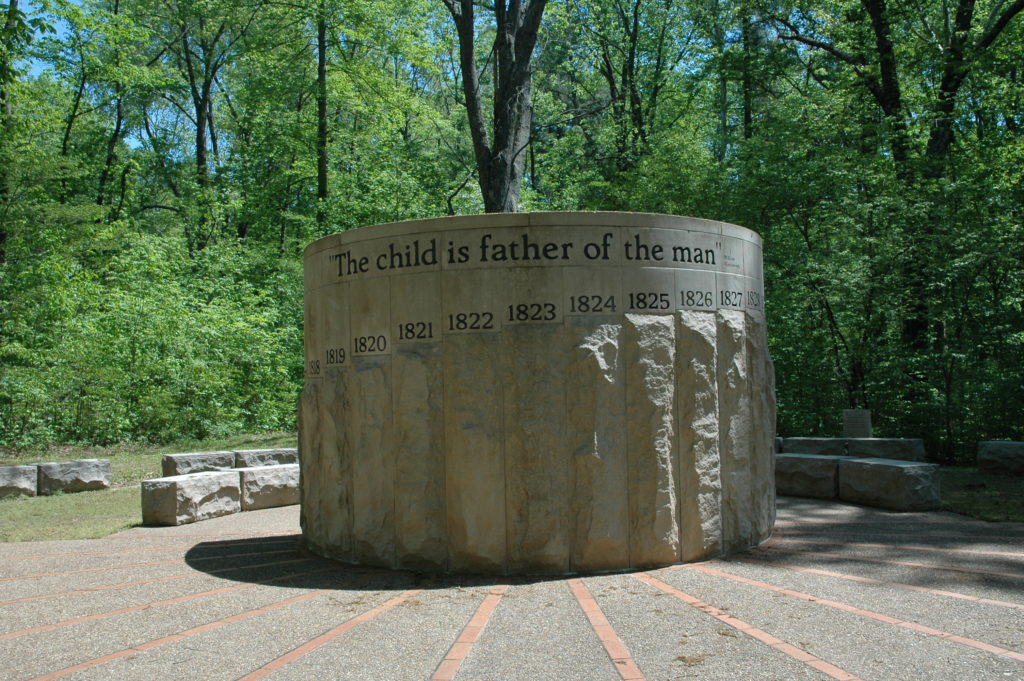
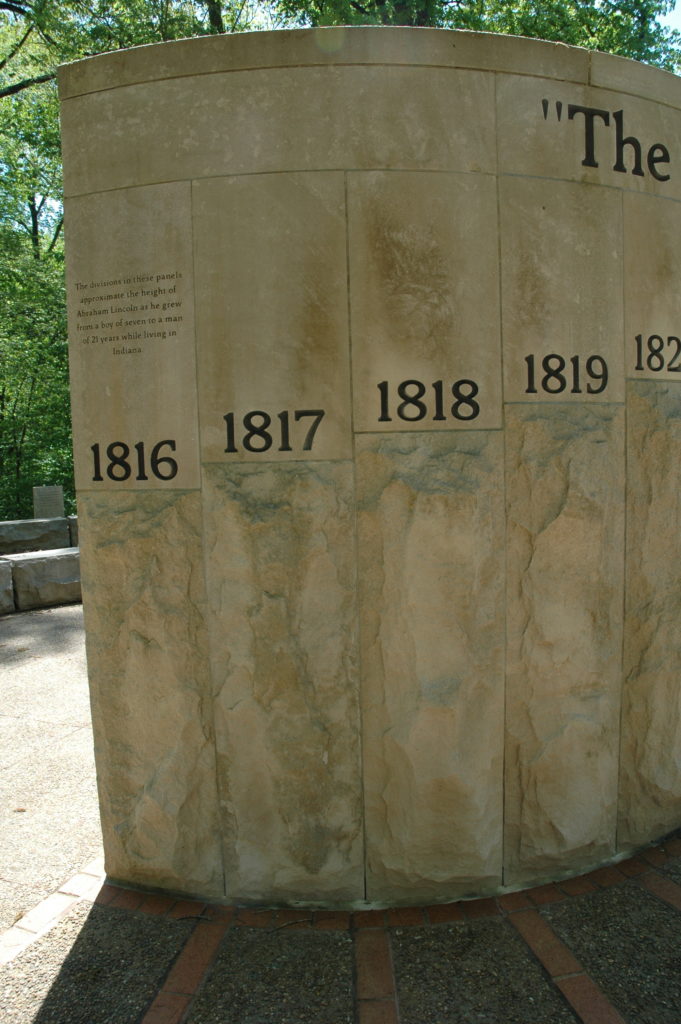
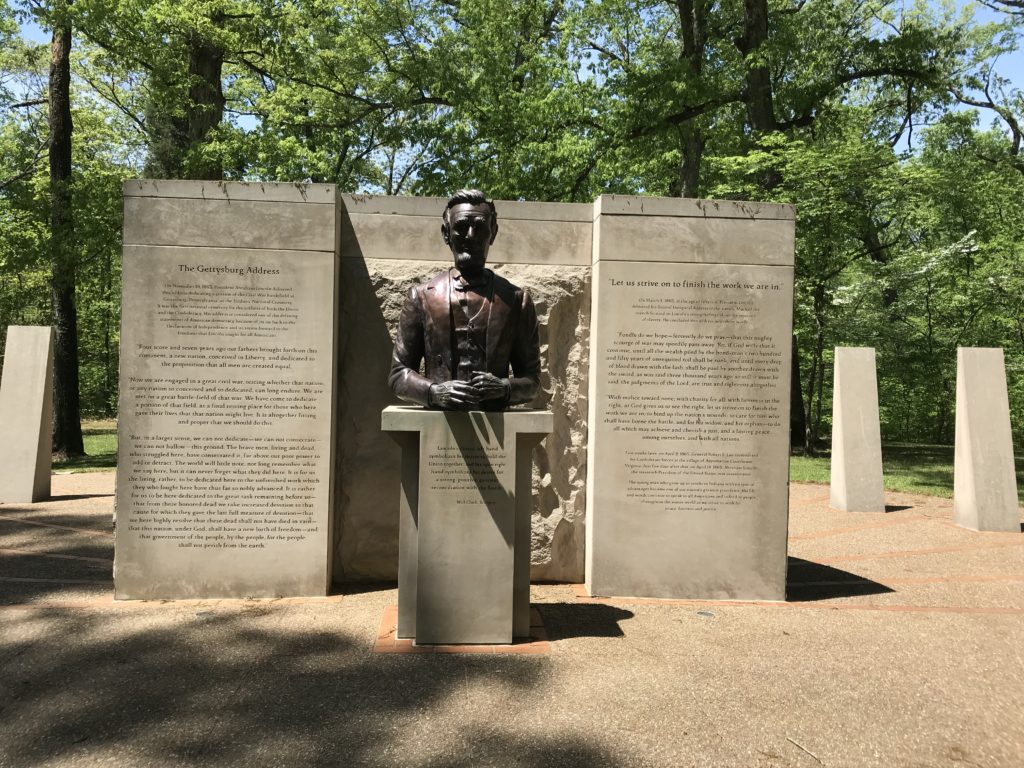
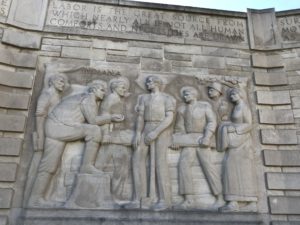 During my
During my 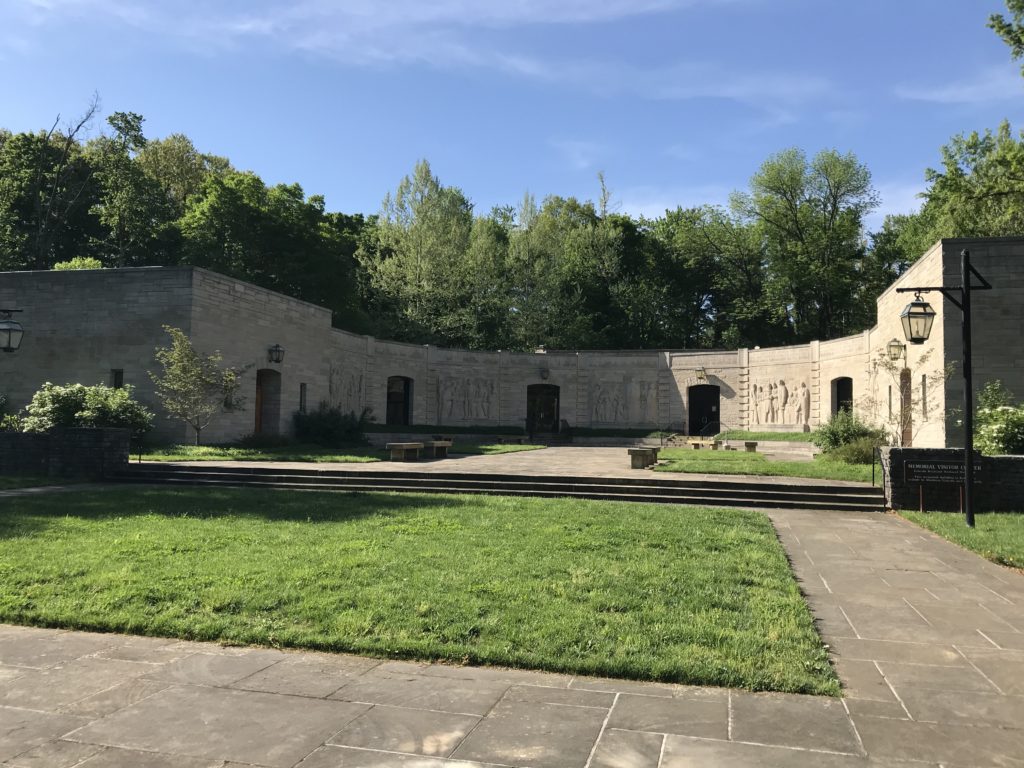 From here there is a short walk up a landscaped tree-line allee to the gravesite of Nancy Hanks Lincoln designed by Frederick Law Olmstead, Jr. Lincoln’s mother had died in 1818 of what was called “milk sickness,” later to be associated with cows eating the toxic white snakeroot plant. Her grave remained unmarked until a permanent marker was erected in 1879.
From here there is a short walk up a landscaped tree-line allee to the gravesite of Nancy Hanks Lincoln designed by Frederick Law Olmstead, Jr. Lincoln’s mother had died in 1818 of what was called “milk sickness,” later to be associated with cows eating the toxic white snakeroot plant. Her grave remained unmarked until a permanent marker was erected in 1879.

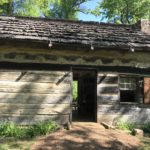
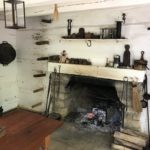
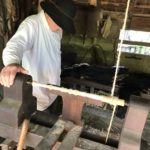

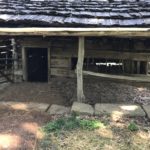
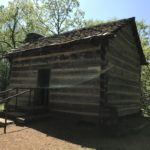
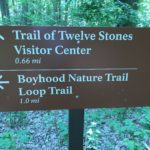
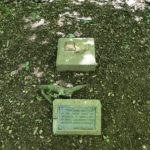

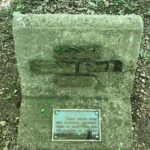
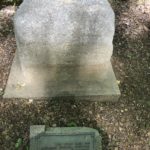
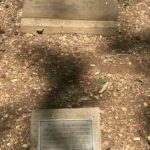
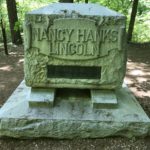








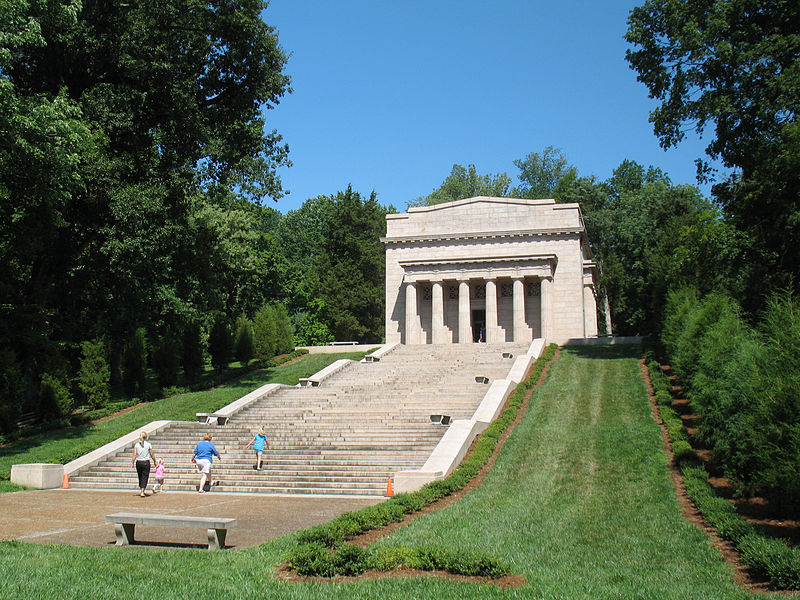
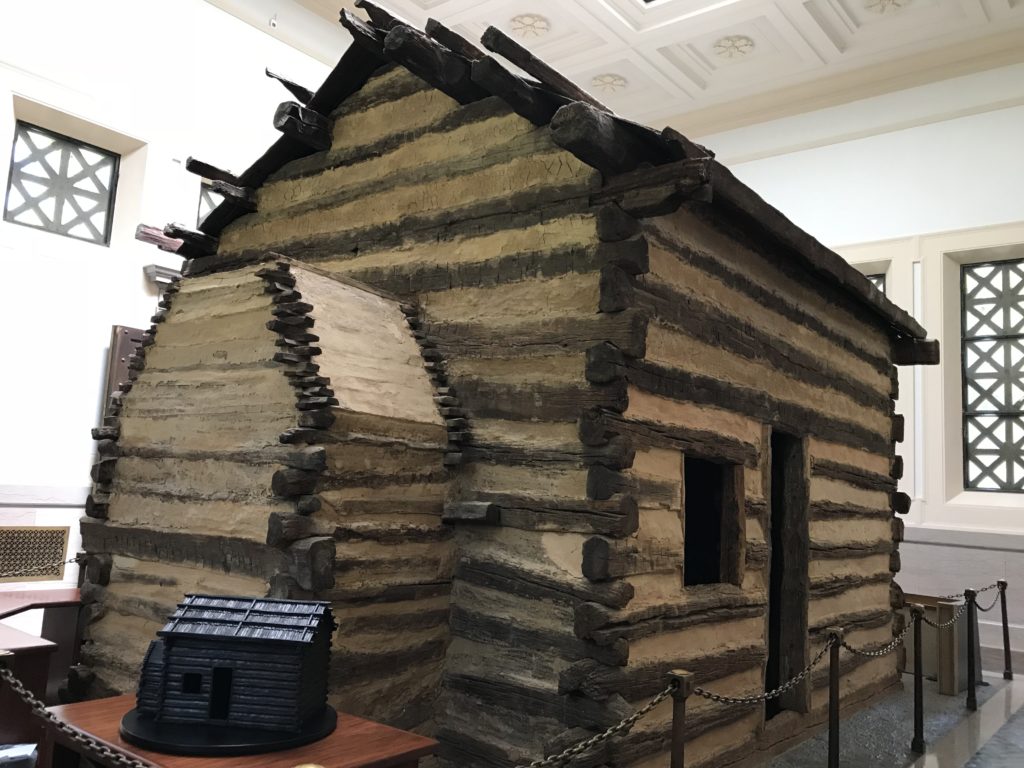
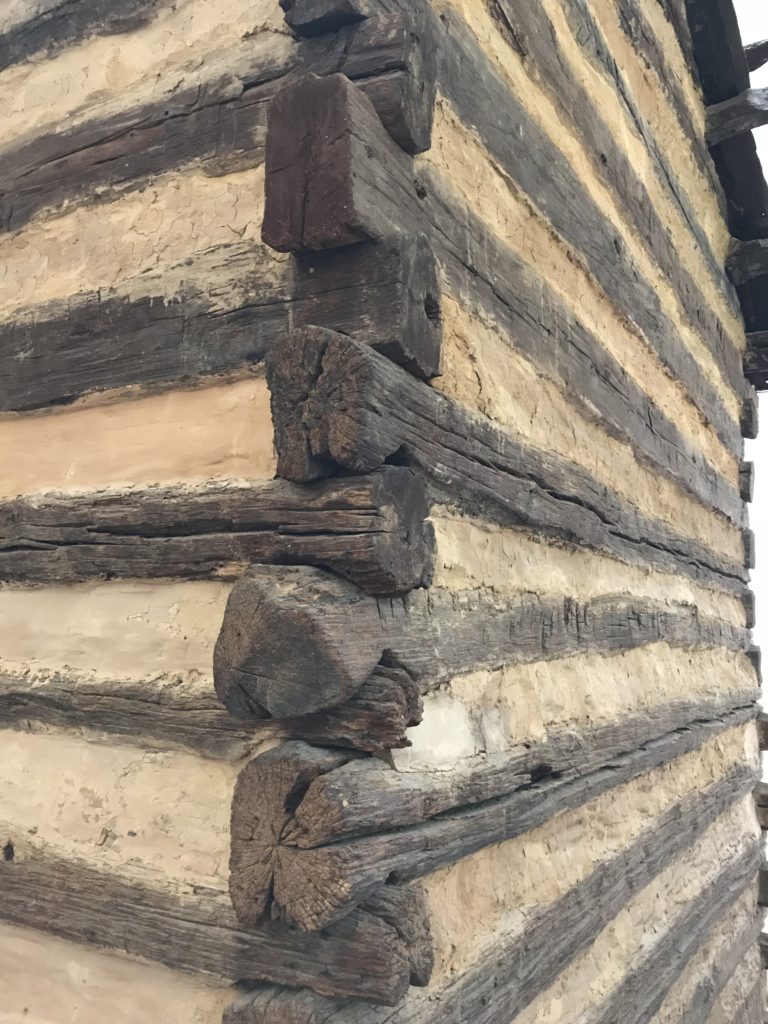
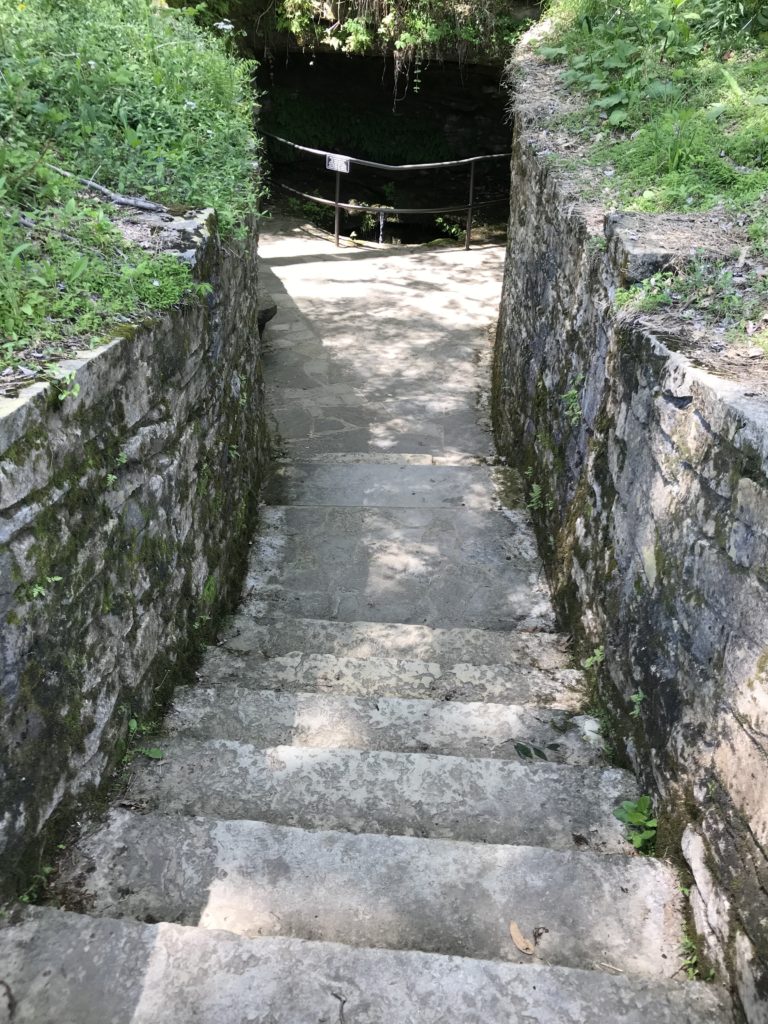
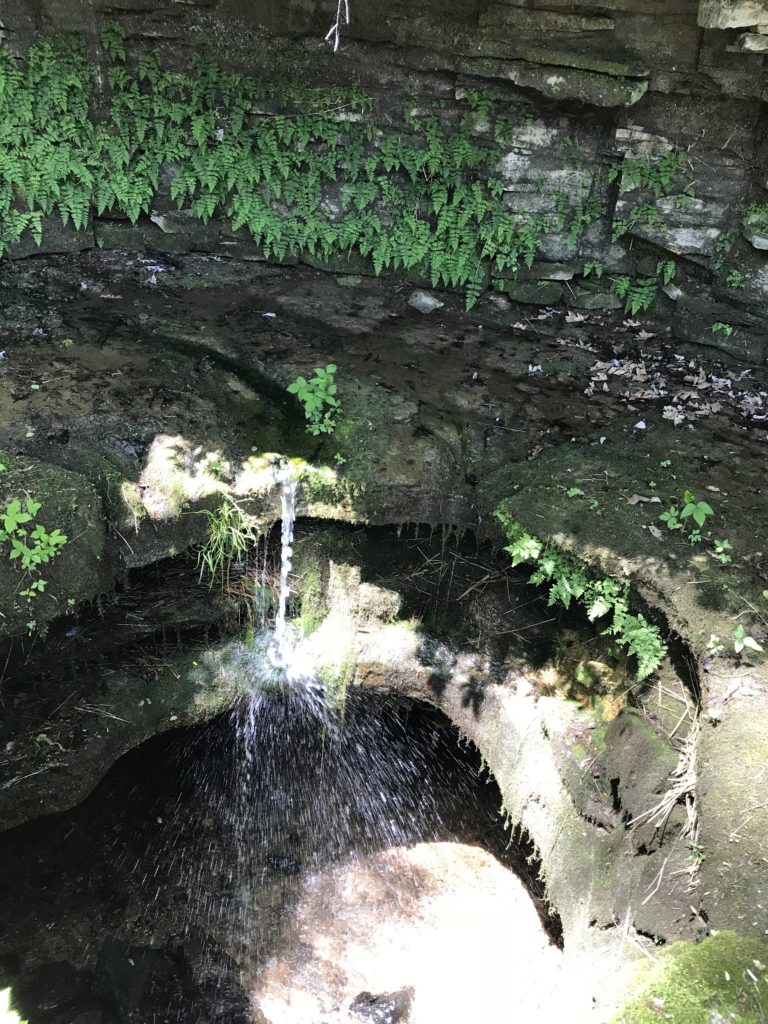

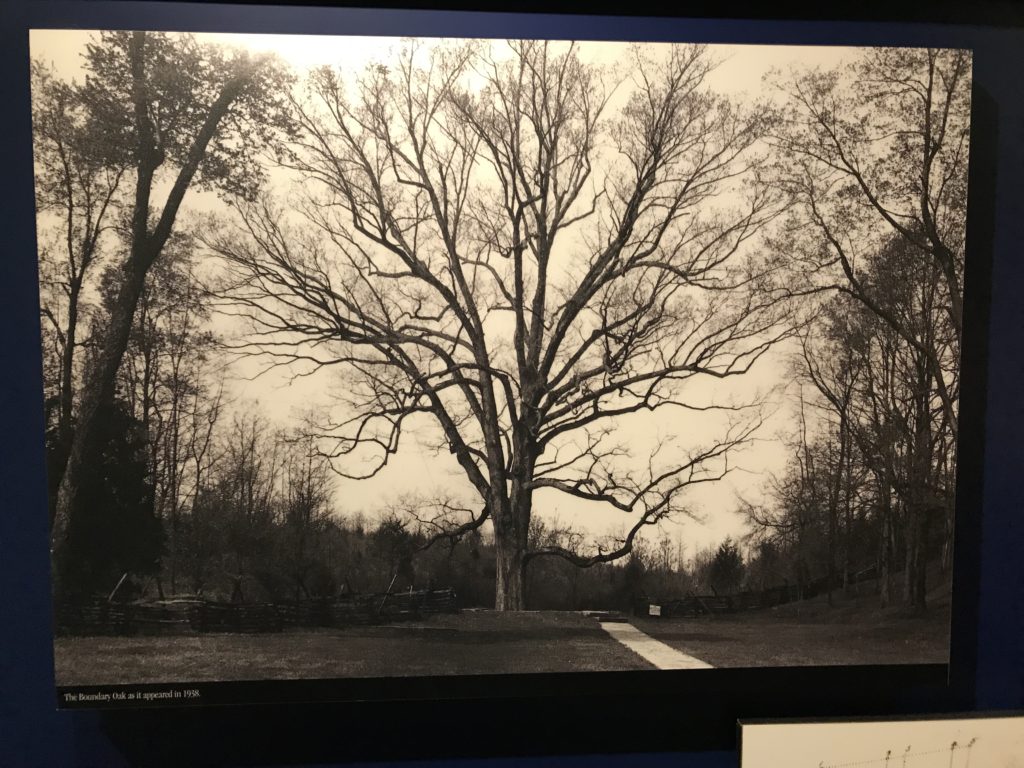

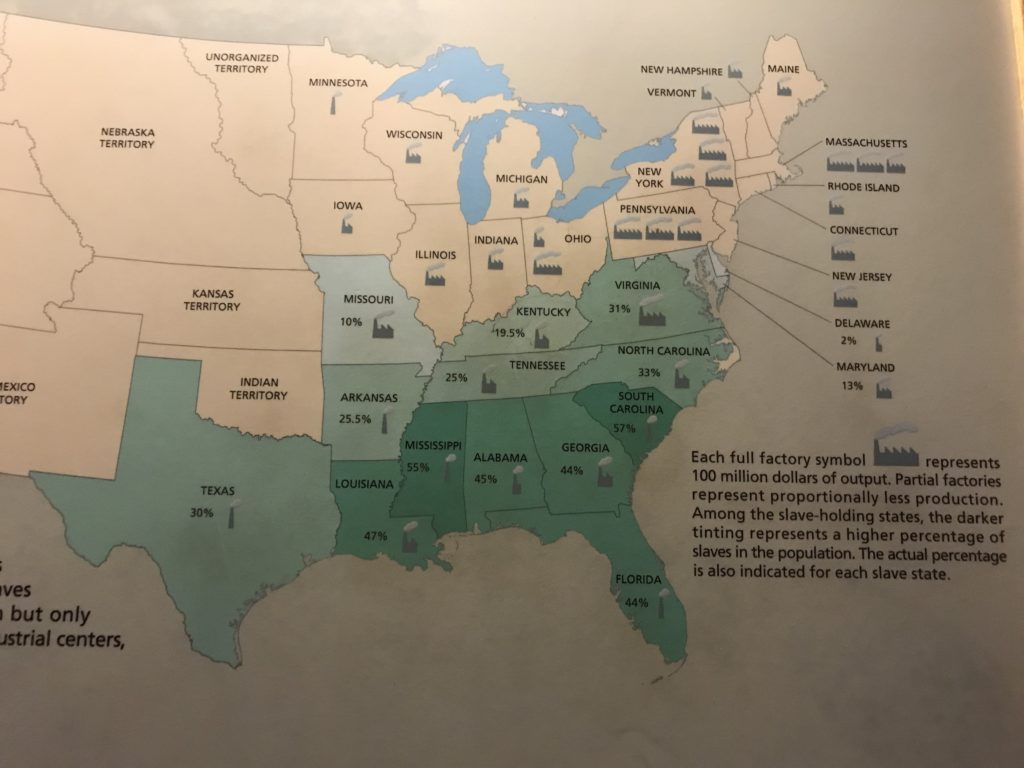
 Like the Lincolns, my Chasing Abraham Lincoln tour (Part 1) takes me next into Indiana and the farm where Lincoln spent the next 11 of his most formative years. Alas, it’s also where he lost both his mother and his sister to eternity. Stay tuned.
Like the Lincolns, my Chasing Abraham Lincoln tour (Part 1) takes me next into Indiana and the farm where Lincoln spent the next 11 of his most formative years. Alas, it’s also where he lost both his mother and his sister to eternity. Stay tuned.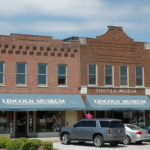
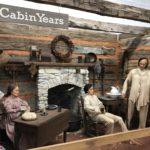
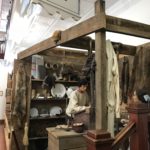
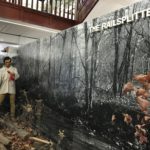
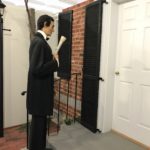

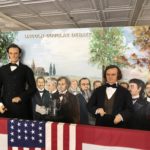
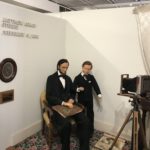

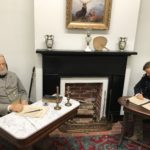



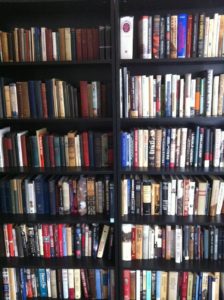 When I’m not writing, I’m reading (or
When I’m not writing, I’m reading (or 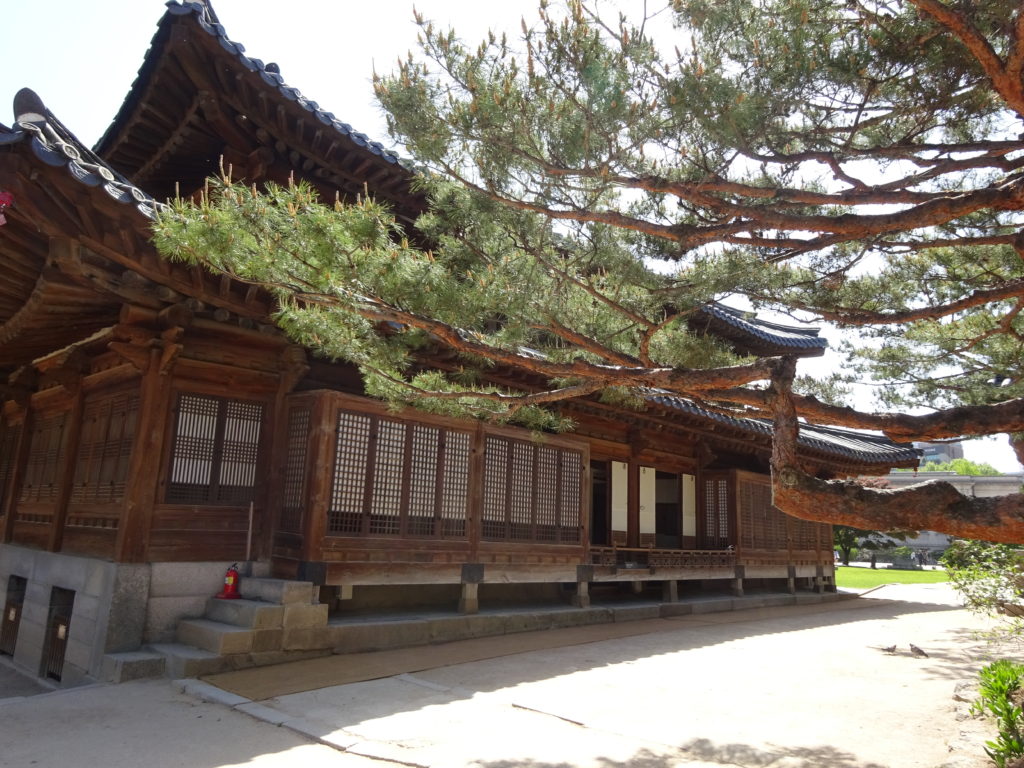
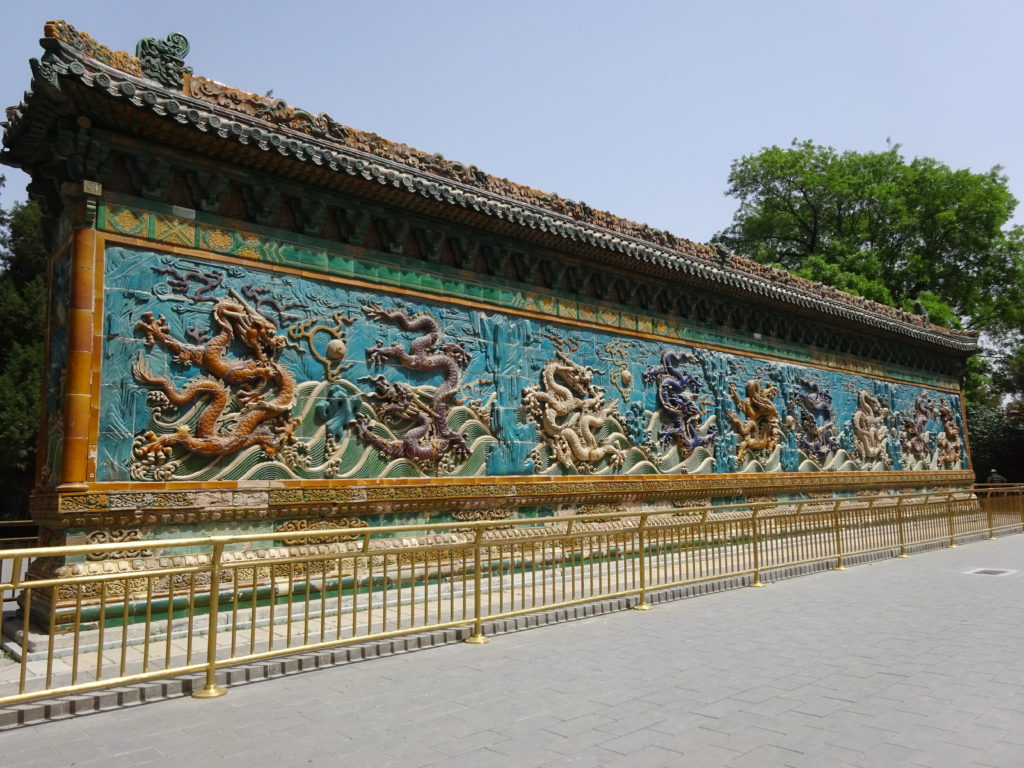
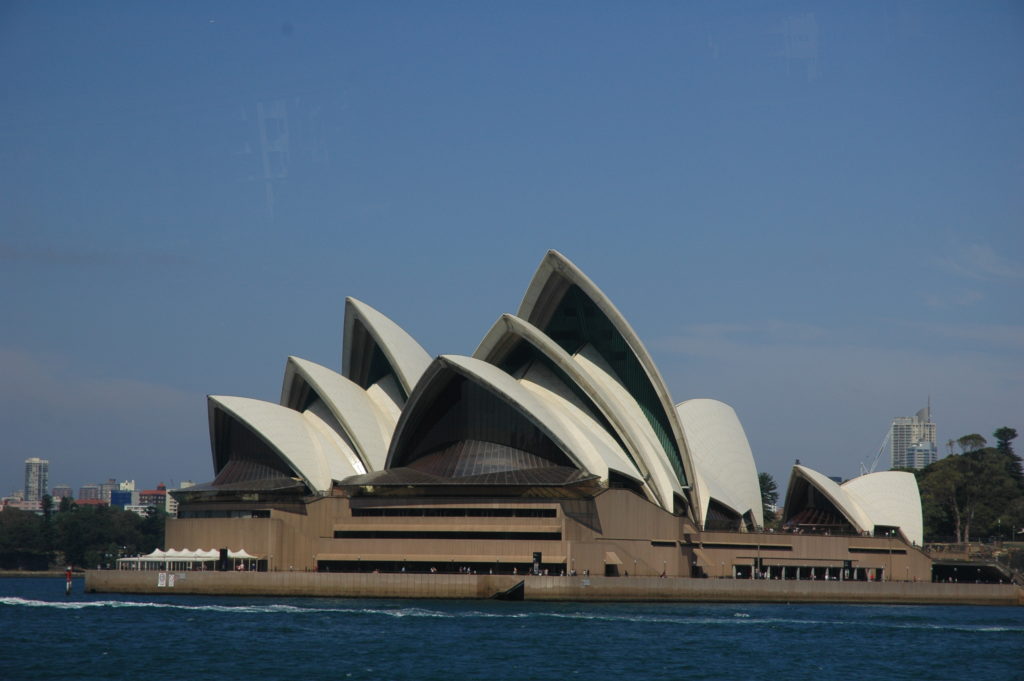

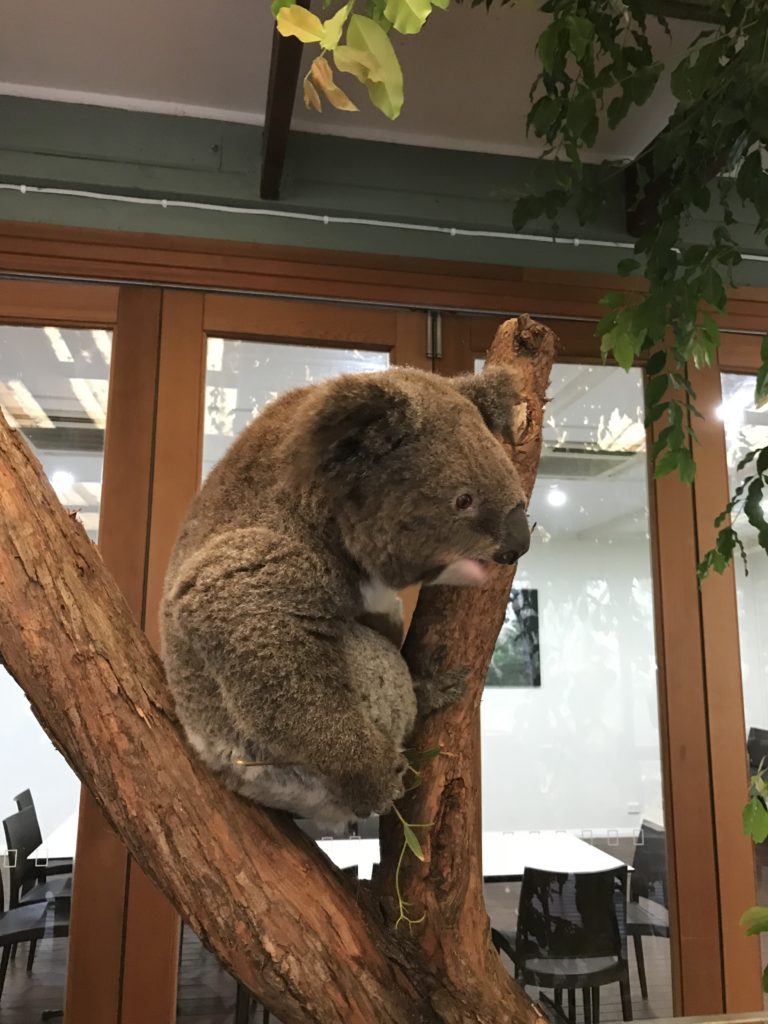
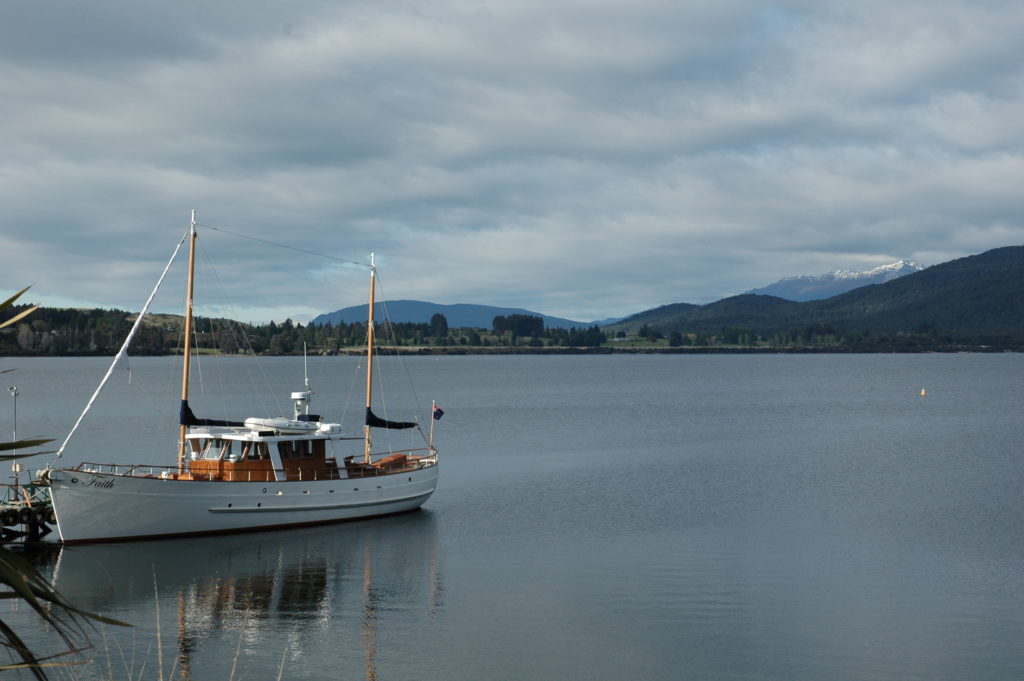
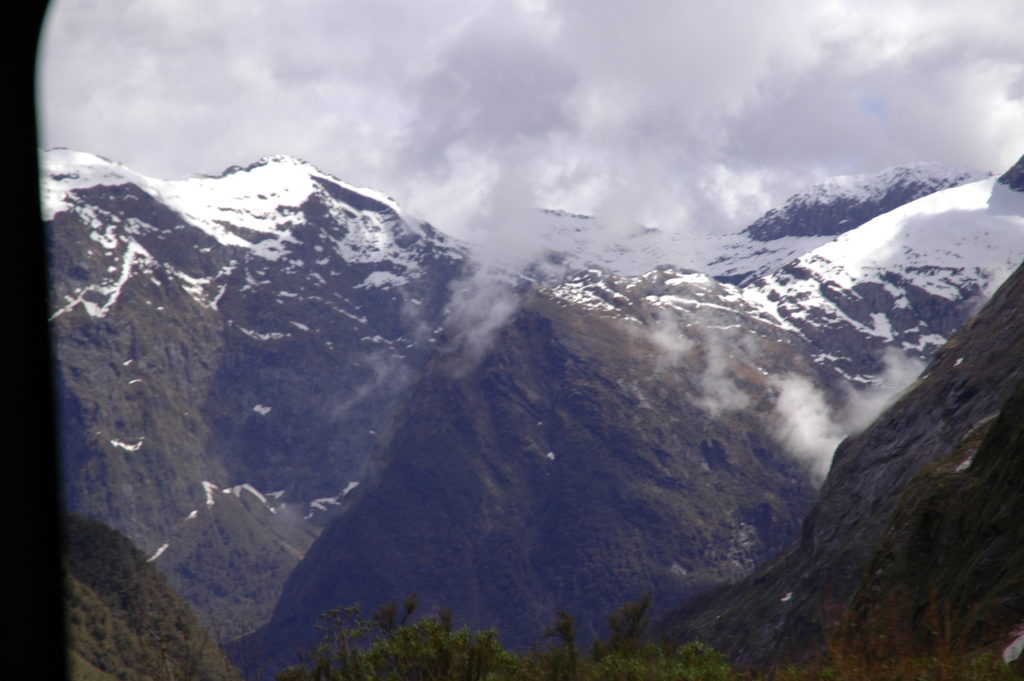
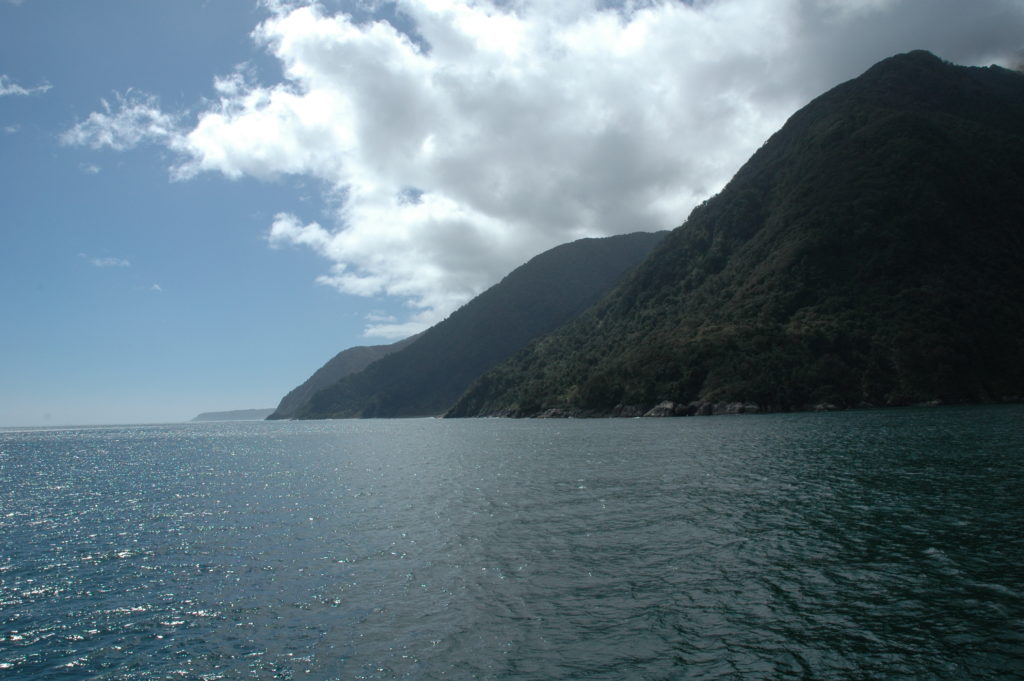
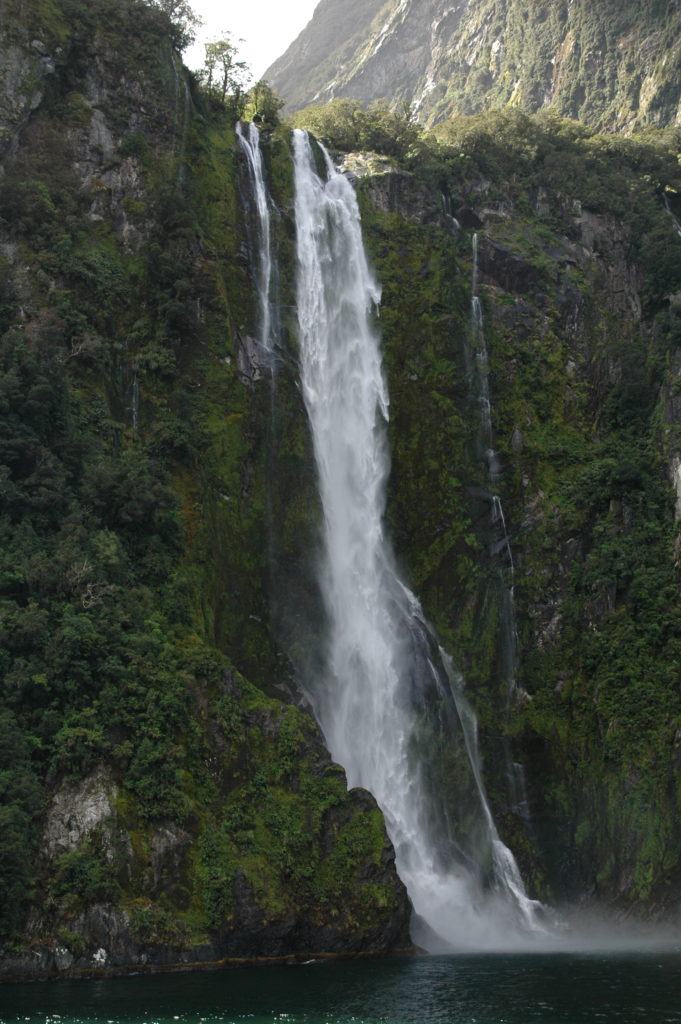
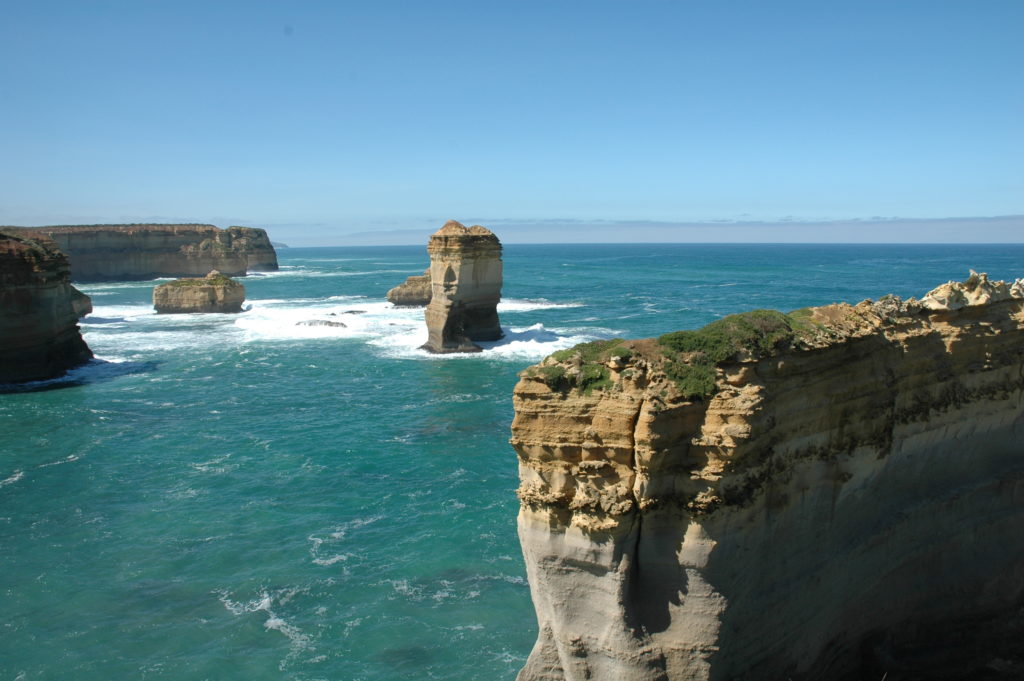
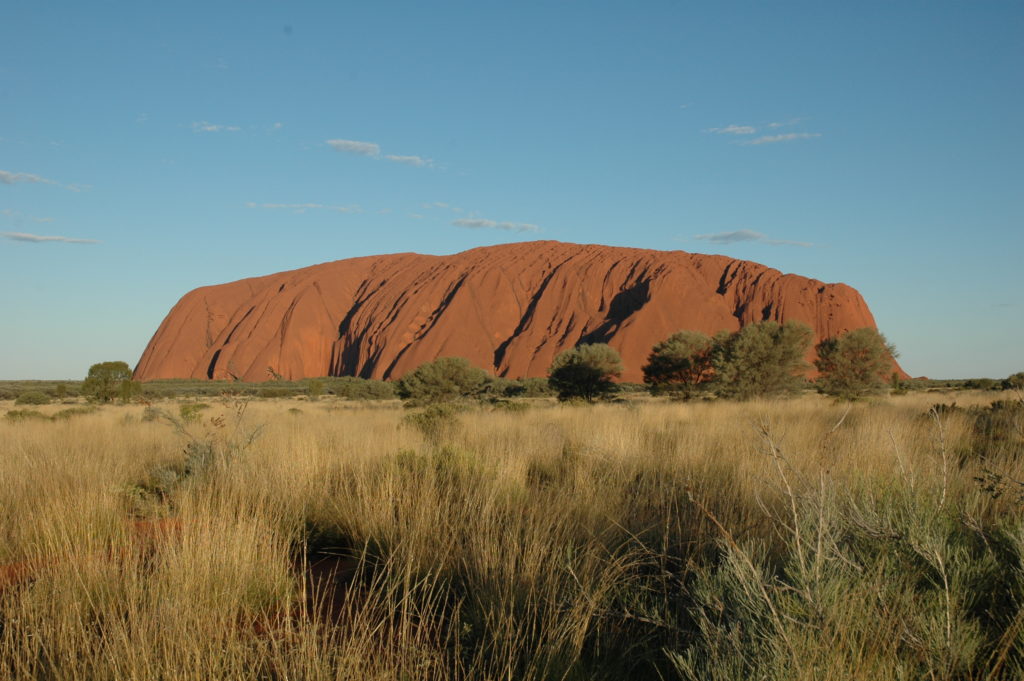
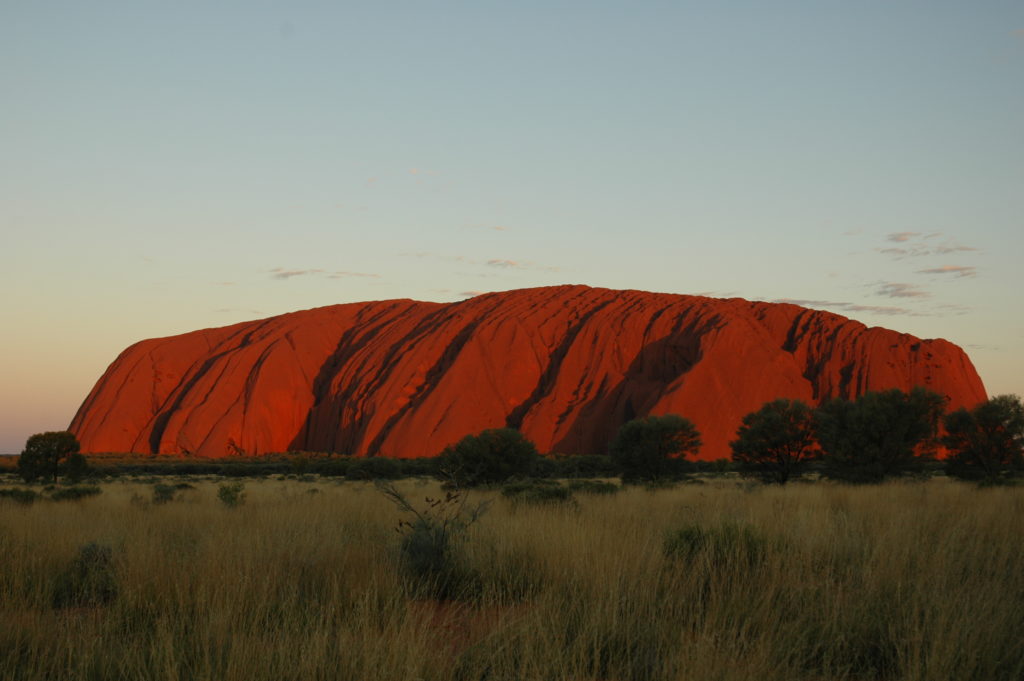
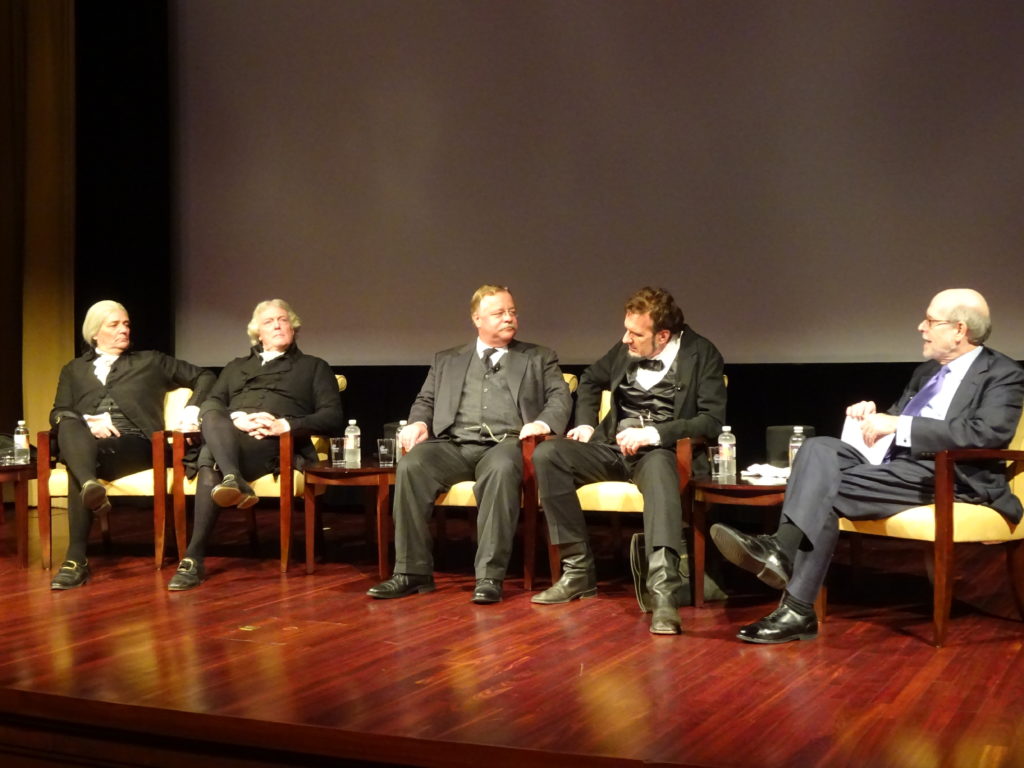
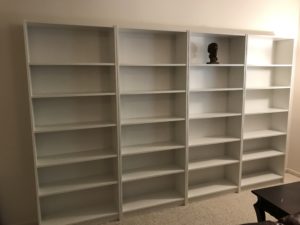
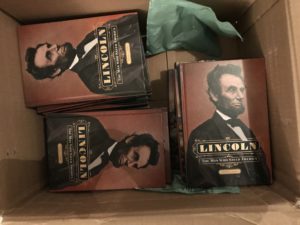
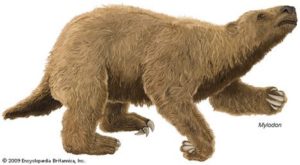 I’m currently working on a travel memoir of a recent trip to Patagonia. Our first stop was Buenos Aires, where we toured the opera house, visited the cemetery (trust me, it’s the thing to do), and dreamed about Darwin and the giant ground sloths.
I’m currently working on a travel memoir of a recent trip to Patagonia. Our first stop was Buenos Aires, where we toured the opera house, visited the cemetery (trust me, it’s the thing to do), and dreamed about Darwin and the giant ground sloths.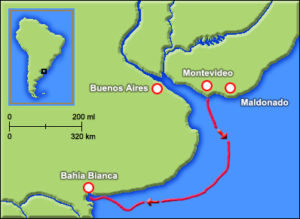 It was also in Punta Alta that Darwin made one of his biggest scientific discoveries. Ranging about the landscape on horseback, sleeping in the open with guachos or staying in haciendas with local ranchers, Darwin stumbled upon the fossilized bones of, well, something. One specimen was “the head of some large animal, embedded in soft rock.” He thought it might be similar to a rhinoceros. It took a second visit several months later – FitzRoy and his crews were busy mapping up and down the coastline – to realize he had discovered a large number of large mammal fossils not previously known from previous scientific expeditions to Europe, Asia, or Africa. In all he found nine different types of “great quadrupeds.”
It was also in Punta Alta that Darwin made one of his biggest scientific discoveries. Ranging about the landscape on horseback, sleeping in the open with guachos or staying in haciendas with local ranchers, Darwin stumbled upon the fossilized bones of, well, something. One specimen was “the head of some large animal, embedded in soft rock.” He thought it might be similar to a rhinoceros. It took a second visit several months later – FitzRoy and his crews were busy mapping up and down the coastline – to realize he had discovered a large number of large mammal fossils not previously known from previous scientific expeditions to Europe, Asia, or Africa. In all he found nine different types of “great quadrupeds.”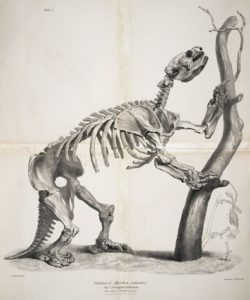 Here is where the plot thickens. While Cuvier was working up his paper describing and naming Megatherium, workers in what is now West Virginia dug up some old bones and sent them to Virginia’s biggest paleontological expert, who just happened to be Vice President of the United States, Thomas Jefferson. Jefferson named these new bones Megalonyx jeffersonii, meaning “giant claw” (the jeffersonii species name is an affectation that many discoverers take when naming their new species). These too turned out to be giant ground sloths. Meanwhile, Darwin was digging up even more sloth species. Many of these ended up in the Museo Municipal de Ciencias Naturales “Carlos Darwin,” set up in Punta Alta by modern day Argentinian geologist Teresa Manera.
Here is where the plot thickens. While Cuvier was working up his paper describing and naming Megatherium, workers in what is now West Virginia dug up some old bones and sent them to Virginia’s biggest paleontological expert, who just happened to be Vice President of the United States, Thomas Jefferson. Jefferson named these new bones Megalonyx jeffersonii, meaning “giant claw” (the jeffersonii species name is an affectation that many discoverers take when naming their new species). These too turned out to be giant ground sloths. Meanwhile, Darwin was digging up even more sloth species. Many of these ended up in the Museo Municipal de Ciencias Naturales “Carlos Darwin,” set up in Punta Alta by modern day Argentinian geologist Teresa Manera.






